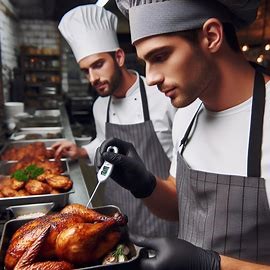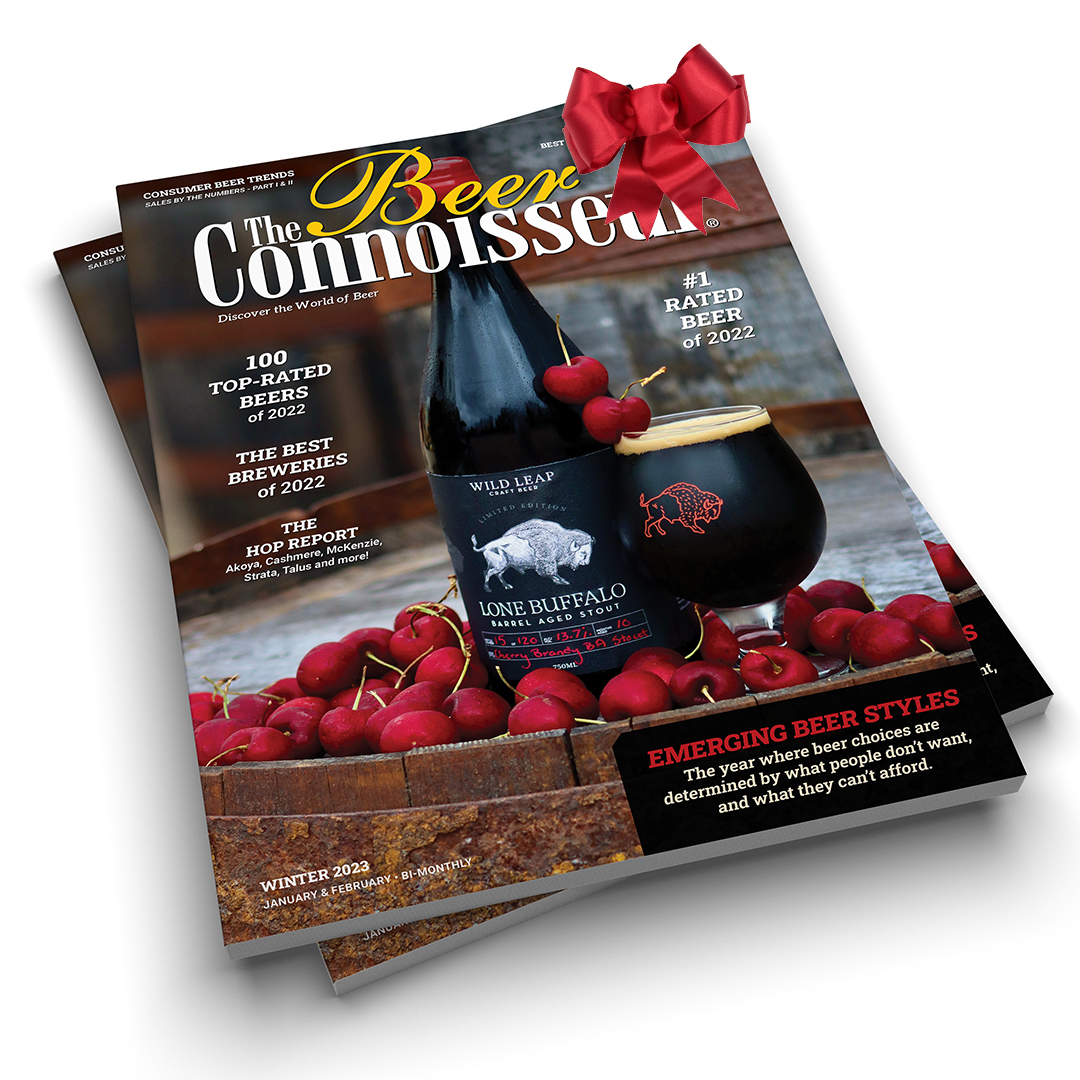Serve Safe and Delicious: Mastering the Art of Cooking Chicken to the Right Temperature
Mastering the art of cooking chicken to the right temperature is crucial in the dynamic environment of a restaurant kitchen, where safety and flavor go hand in hand. As a trusted advisor in food safety, we’re here to guide you through achieving that perfectly cooked chicken which delights your customers and safeguards their health. By understanding at what temp chicken is cooked, you ensure that all those potentially harmful bacteria are eliminated, providing a dish that’s both scrumptious and safe. From checking the internal temp of chicken thighs to ensuring the whole chicken temperature meets the recommended standards, this journey is all about precision and care. Let’s dive into the essential steps that’ll boost your confidence and transform your kitchen into a beacon of food safety excellence.

Mastering Chicken Cooking Temperature
Importance of Cooking Temp
Cooking chicken to the correct temperature is vital for ensuring both flavor and safety. Chicken, like all poultry, can harbor bacteria such as Salmonella and Campylobacter. These pathogens pose significant health risks if the chicken isn’t cooked properly. By reaching the USDA-recommended internal temperature of 165°F (74°C), you effectively eliminate these harmful bacteria. This not only protects your customers but also upholds your restaurant’s reputation for quality and safety. Moreover, understanding at what temp chicken is cooked helps prevent overcooking, which can lead to dry, unpalatable dishes. In a professional kitchen, precision is key. By consistently achieving the right whole chicken temperature or checking the internal temp of chicken thighs, you ensure every dish is both safe and delicious. Maintaining this standard is fundamental to food safety in any dining establishment.
Recommended USDA Temp Guidelines
The USDA sets clear guidelines to ensure chicken is safely cooked, recommending an internal temperature of 165°F (74°C) for all poultry parts. This standard is crucial for destroying any harmful bacteria present, thus making the chicken safe to eat. It’s essential to reach this temperature in the thickest part of the chicken, avoiding bones since they can affect the reading. When cooking a whole chicken, it’s important to confirm that the whole chicken temperature is consistently 165°F throughout. This ensures every part is thoroughly cooked. For pieces like thighs, checking the internal temp of chicken thighs individually helps maintain this standard. Following these guidelines not only minimizes health risks but also ensures a consistent cooking process, providing diners with perfectly prepared chicken every time. Adhering to these regulations is a fundamental part of food safety in a restaurant setting.
Ensuring Proper Temperature in Restaurants
Ensuring that chicken is cooked to the right temperature in a bustling restaurant kitchen involves a few critical steps. First, using a reliable food thermometer is non-negotiable. Insert it into the thickest part of the chicken, steering clear of bones to get an accurate reading. For larger pieces or whole chickens, checking the internal temperature at multiple points can confirm that all areas have reached the recommended 165°F (74°C). After reaching this temperature, let the chicken rest. This resting period allows juices to redistribute and raises the internal temperature slightly, adding a layer of safety. Additionally, proper storage and reheating are crucial. Cooked chicken should be stored at safe temperatures and reheated to at least 165°F to prevent bacterial growth. Regular training for kitchen staff on these practices is essential. Educating them on food safety principles ensures consistency and safety, keeping your kitchen operations smooth and your customers safe.
Why Choose ACE Food Handler for Food Handlers Training?
At ACE Food Handler, we provide top-notch Food Handlers Training to ensure clerks are well-prepared to handle these situations. Our training covers all essential aspects of ID checking, legal requirements, and best practices for responsible alcohol sales.
-
Comprehensive and Up-to-Date: Our course is thorough and regularly updated to reflect the latest regulations and best practices.
-
Convenient Online Access: Complete the training at your own pace, anytime and anywhere.
-
Affordable Pricing: We offer the best course at the lowest price. Use Food Handlers coupon code ace20 at checkout to save 20% on your order.
By choosing ACE Food Handler, you are investing in the safety and success of your business and community. Let’s work together to promote responsible alcohol sales and create a safer Illinois.
The Proper Cooking Temperature for Chicken in a Restaurant Environment
Stay compliant, save money, and ensure the highest standards of food safety with ACE Food Handlers!
Food Handlers Training Classes by State
California Food Handler Training you can purchase a course here only $7
Ohio Person in Charge Training you can purchase a course for only $10
Texas Food Handler Training you can purchase a course for only $7
Illinois Food Handler Training you can purchase a course here only $7
Georgia Food Handlers Training you can purchase the course here for only $7
Hawaii Food Handlers Training you can purchase the course here for only $10
New Mexico Food Handlers Training you can purchase the course here for only $7
Arizona Food Handlers Training you can purchase the course here for only $7
More detailed information about food safety can be found at FoodSafety.Gov and at the FDA US Food and Drug Administration website and ACE Training Platforms and ACE Continuing Education Credits. Tips and Tricks to ACE Your Next Health Inspection? The Proper Cooking Temperature for Chicken in a Restaurant
Alcohol Seller/Server Courses by State
TABC Training – online only $10
RBS Training – online only $12
RAMP Training – online only $10
Basset Training – online only $10
Louisiana RV Bar Card – online only $9






